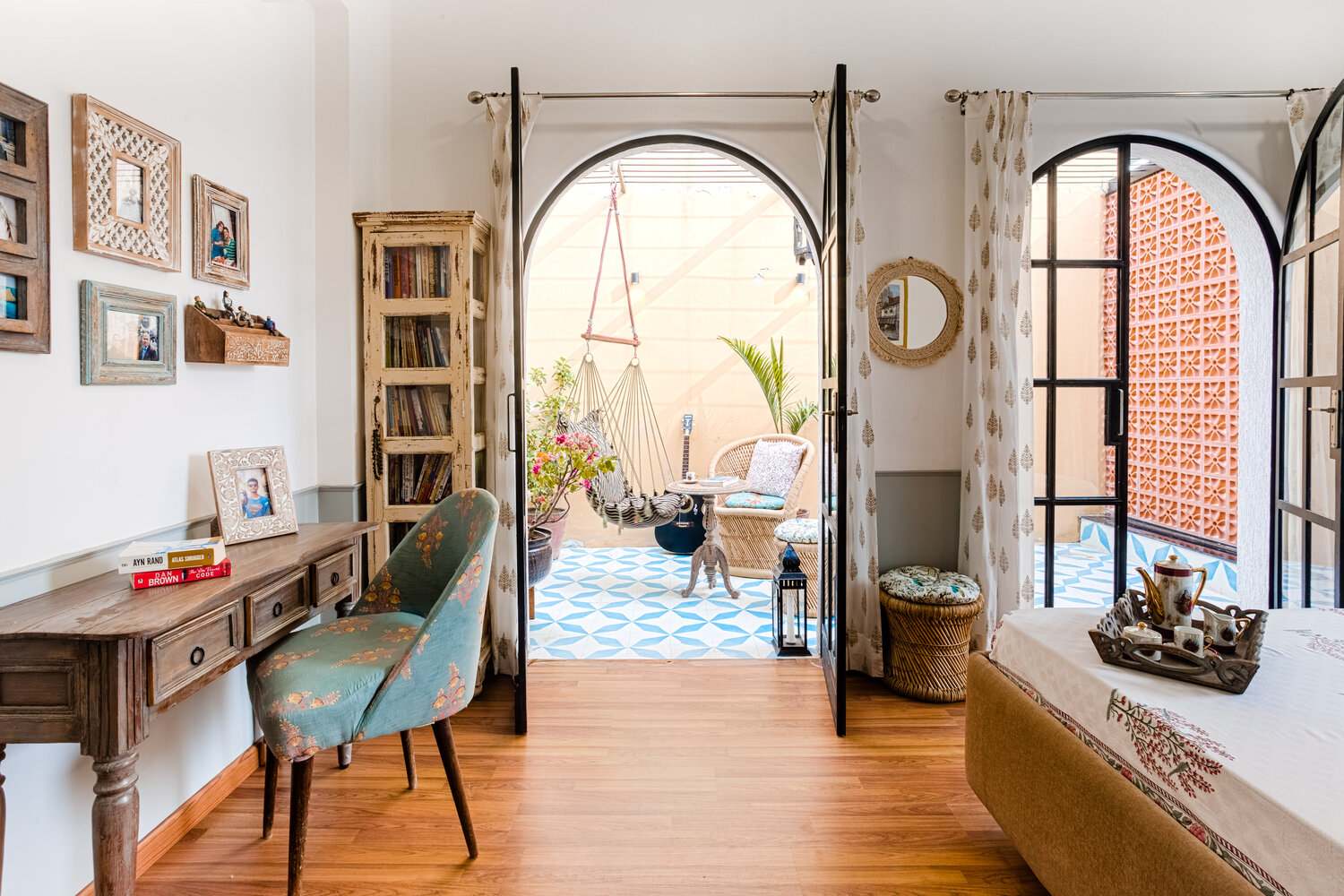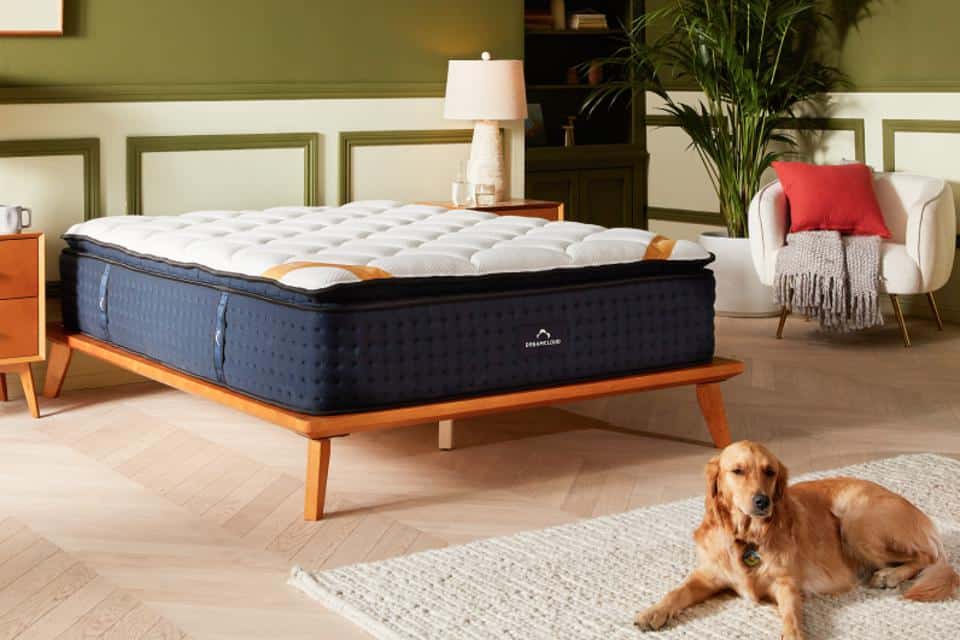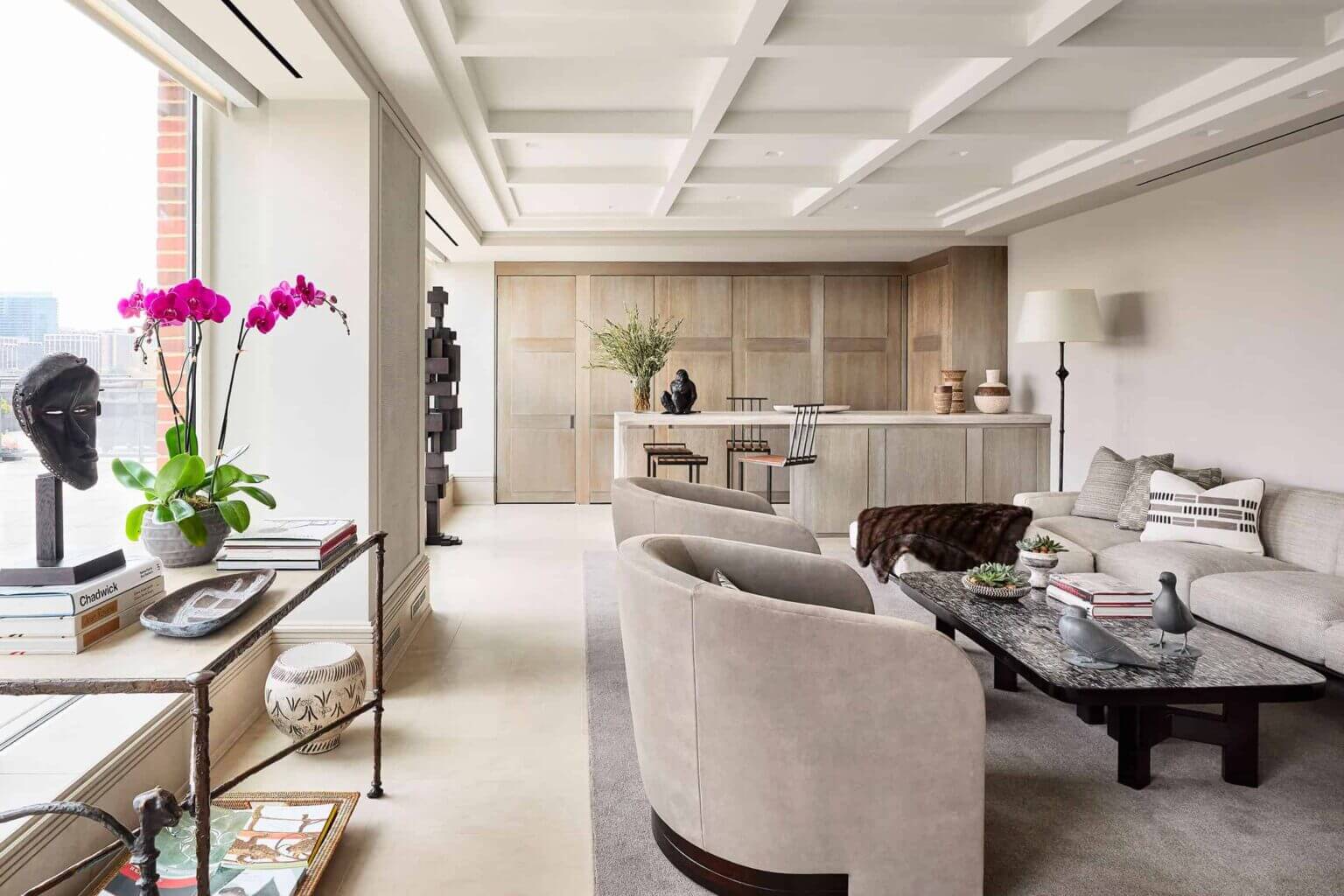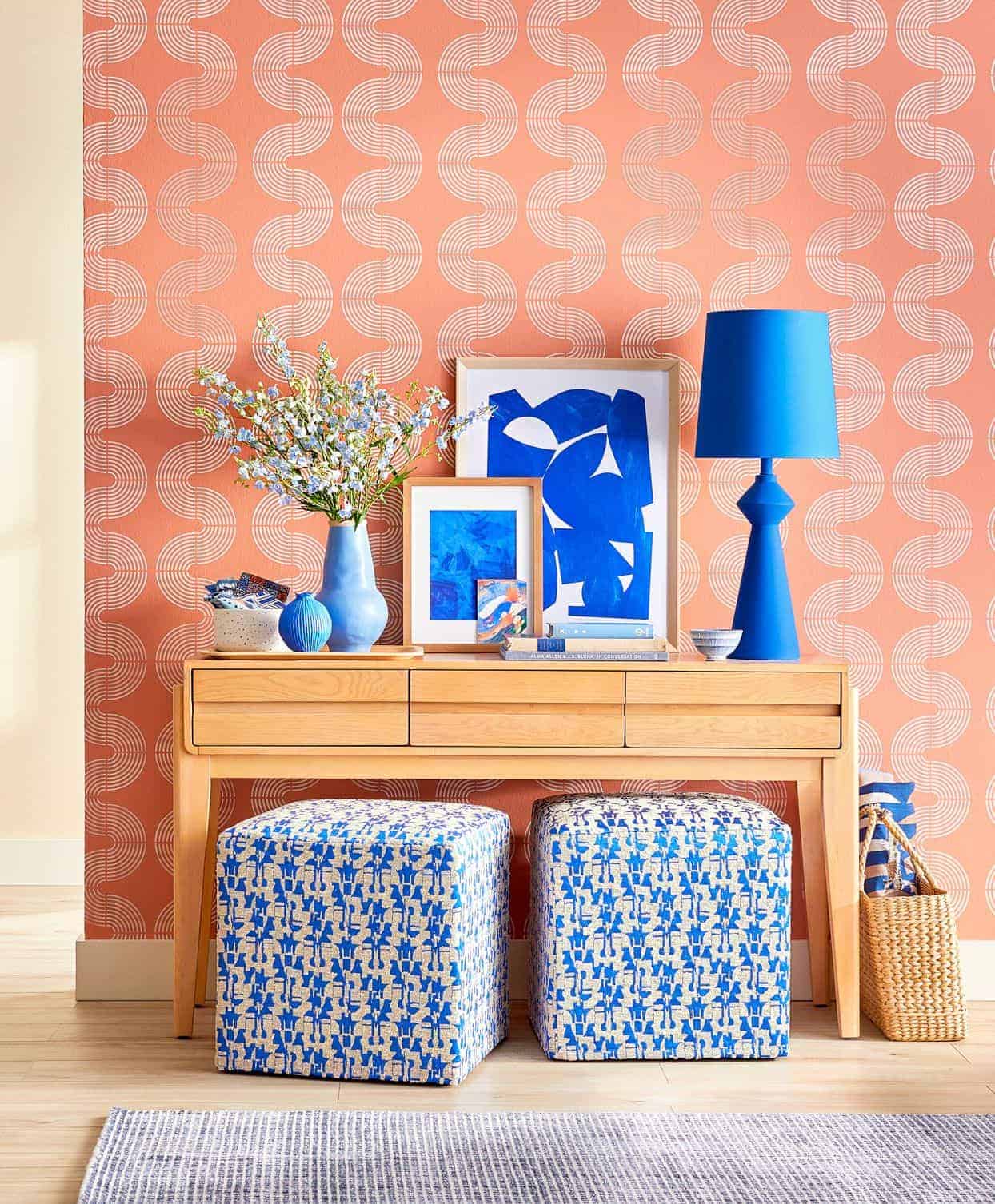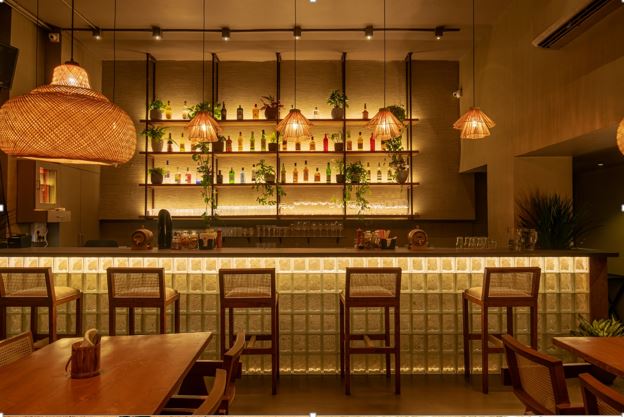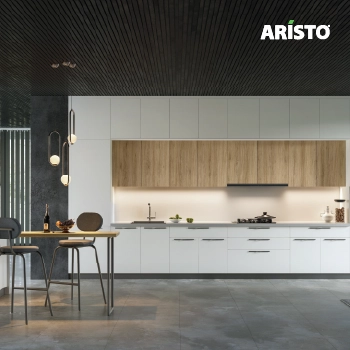Integrating wood elements into interior design spaces goes beyond aesthetics; it’s a choice that can profoundly affect human health and overall well-being. Recognized as one of the oldest construction materials, architects, interior designers, and real estate developers are increasingly turning to wood, not only for its visual appeal but also for its natural biophilic advantages that promote a connection with nature. Biophilic design, a design philosophy, aims to incorporate natural elements into various environments, including homes, offices, and public spaces. The inclusion of wood in architectural designs can add warmth, character, and sustainability to a project. In fact, they prefer responsibly sourced and sustainably managed wood, such as Canadian Wood, for its numerous indoor applications and advantages that enhance indoor environments for better health and harmony. Now, let’s explore the biophilic advantages that wood can offer.
Stress reduction
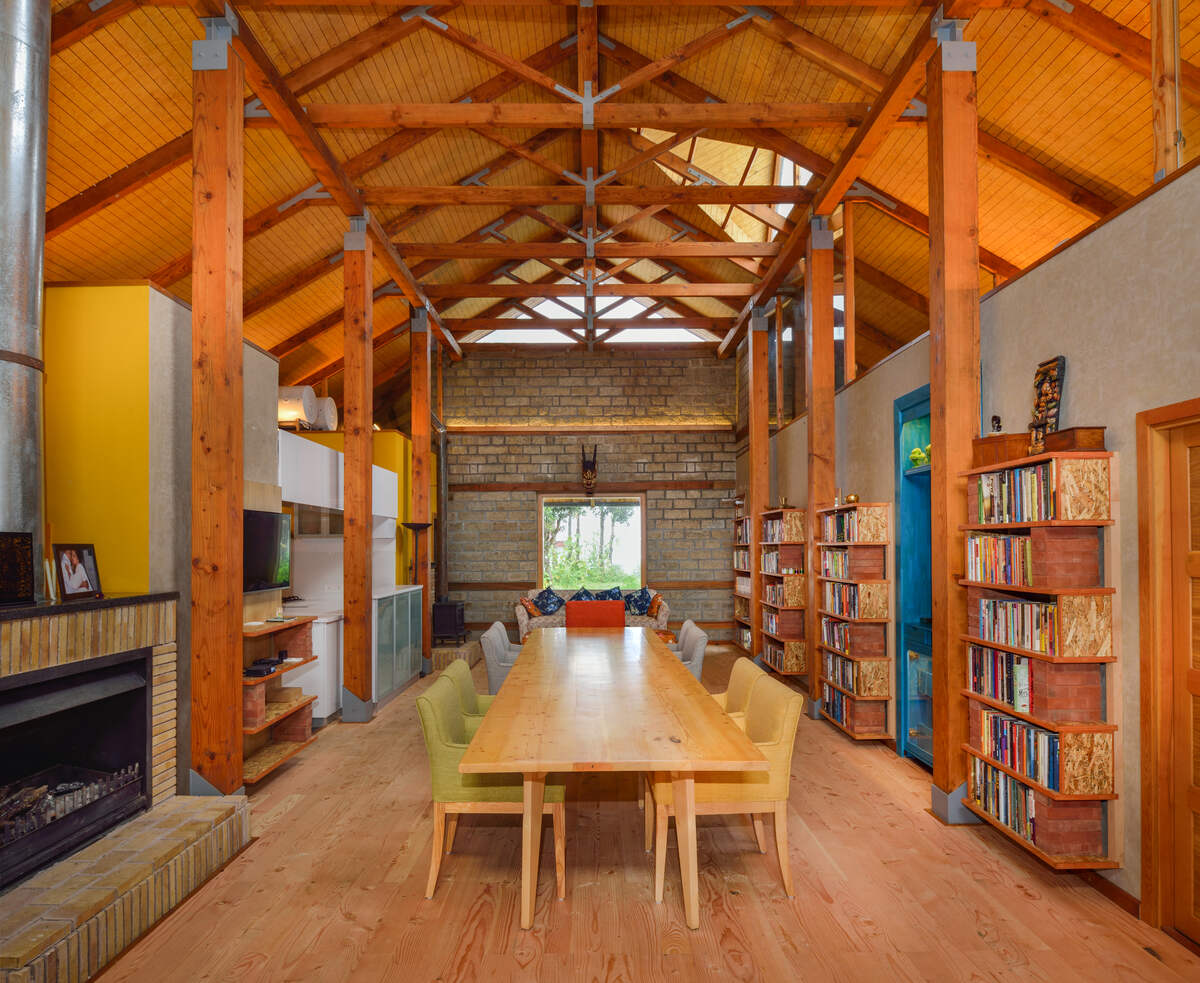
One of the primary advantages of integrating wood into architectural designs within indoor spaces, including elements like wooden beams, furniture, interior wall panelling, wooden staircases, and wooden ceilings, is its capacity to decrease stress levels among occupants. The inherent warmth and earthy hues of wood foster a tranquil ambience that aids in mitigating anxiety and promote relaxation.
| Also see: Canadian Wood Species: Redefining value, sustainability & versatility |
An enriching stimulus
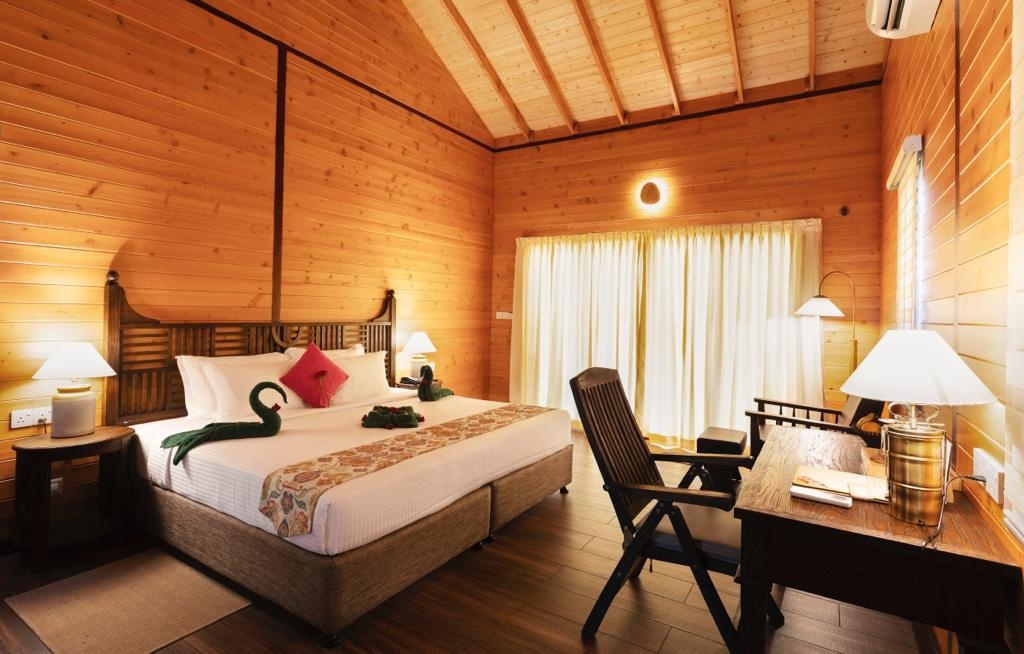
Responsible sourcing of wood boasts biophilic attributes that serve as a crucial factor in enhancing cognitive performance. Studies have demonstrated that exposure to wooden elements within indoor spaces heightens concentration, sparks creativity, and sharpens problem-solving abilities. It can stimulate the mind, increase efficiency, and promote a feeling of overall wellness.
Assesses energy usage and air quality
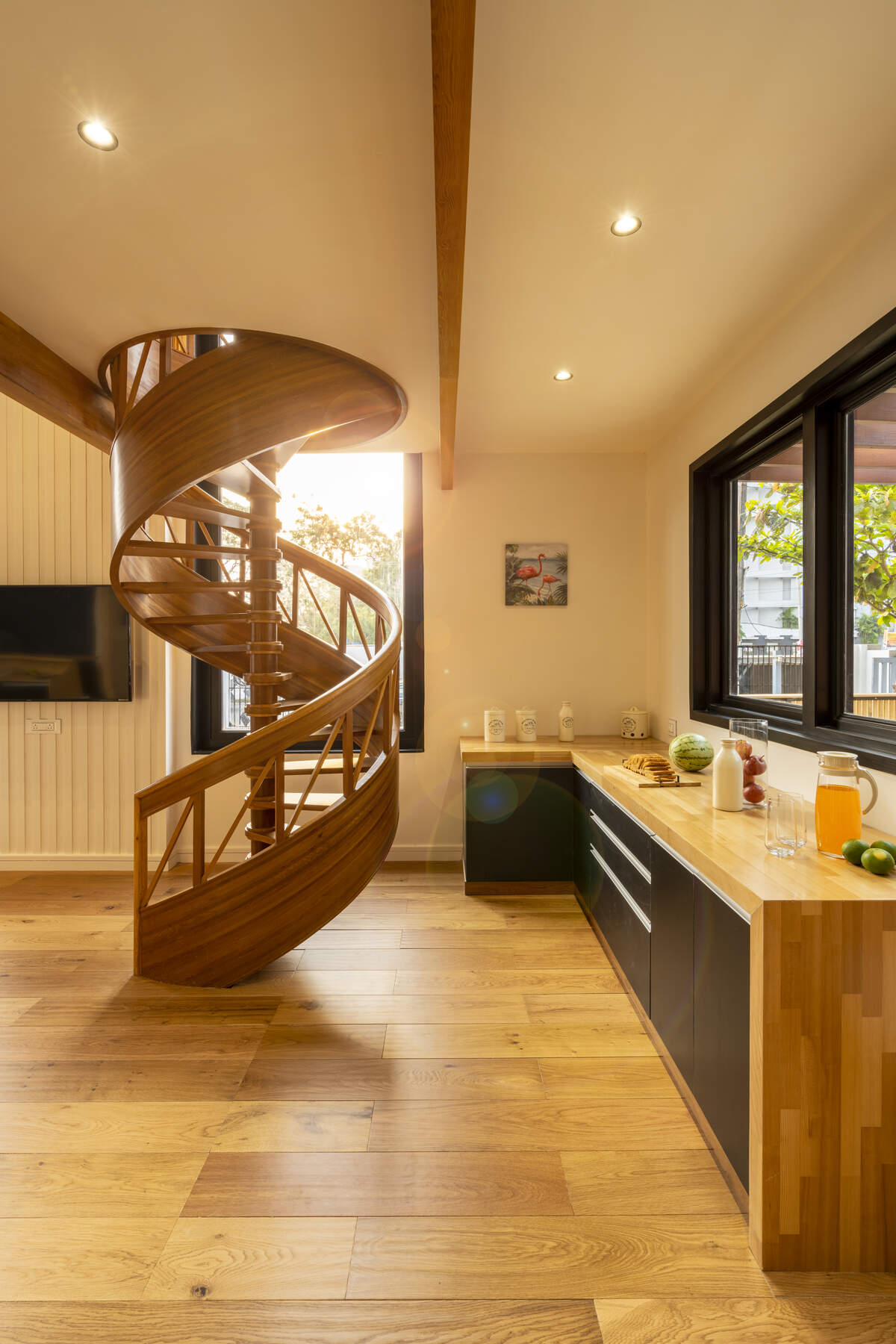
Buildings predominantly constructed from wood, a natural insulator, demand less energy for temperature control. This built-in energy efficiency leads to reduced energy consumption and lower greenhouse gas emissions throughout a building’s lifespan. Additionally, it enhances indoor air quality by maintaining optimal humidity levels through moisture absorption and release, thereby creating a healthier and more comfortable indoor environment.
Minimizes environmental impact through carbon footprint reduction
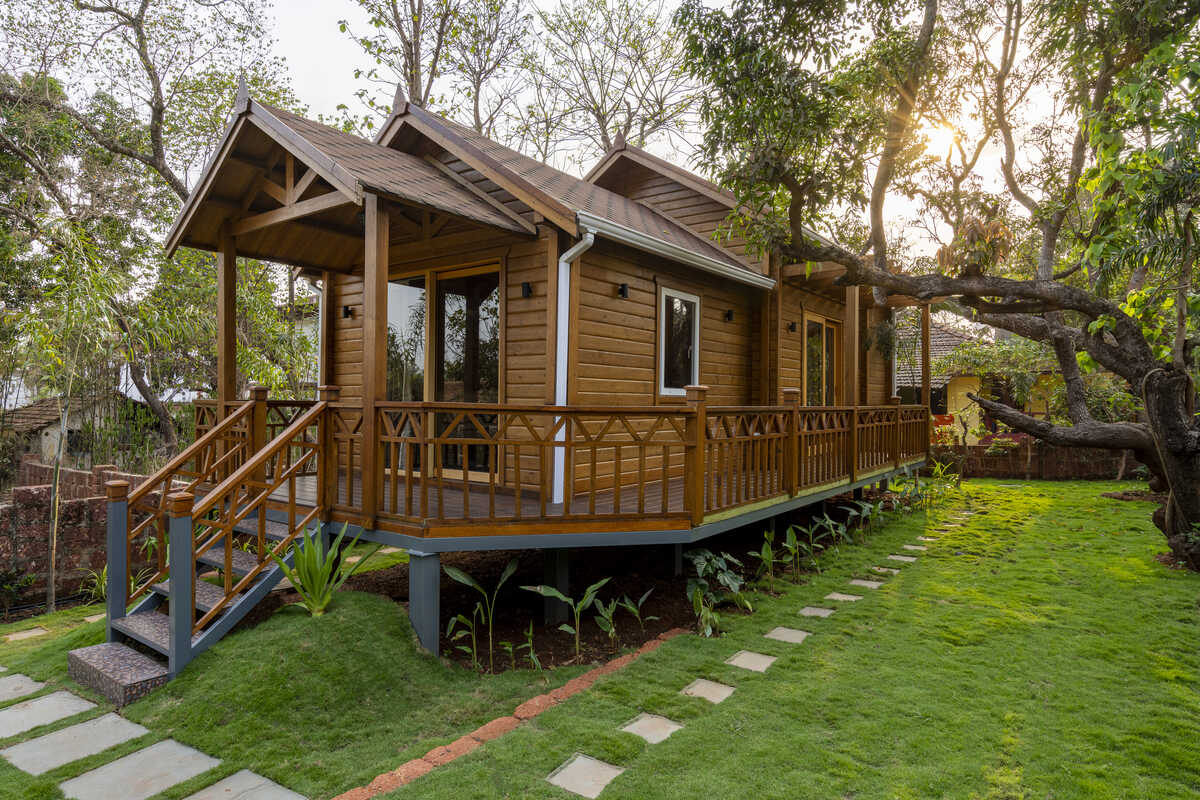
Wood, as a natural and renewable construction material, stands out for its environmentally responsible characteristics. When sustainable woods are sourced ethically, it exerts minimal pressure on ecosystems. Sustainable forestry practices, including reforestation efforts and reduced carbon emissions in manufacturing, contribute to wood’s eco-friendly nature. Structures made from wood generally exhibit a smaller carbon footprint, making them pivotal in diminishing the construction industry’s environmental impact.
Therefore, adopting wood-centered design and construction represents an investment in the long-term well-being and comfort of your living environment.
| Also see: Sustainability of wood: Unveiling the factors behind its natural resilience and durability |
About Forestry Innovation Consulting India Pvt Ltd (Canadian Wood)
FII India is a crown corporation of the government of British Columbia (B.C.), the western most province of Canada. Its mandate is to promote wood products from B.C. Canada in the offshore markets and to position it as a global supplier of quality, environmentally responsible wood products from sustainably managed forests by creating awareness, spreading education through information and technical support on the wide variety of timber products available from B.C. Canada.









